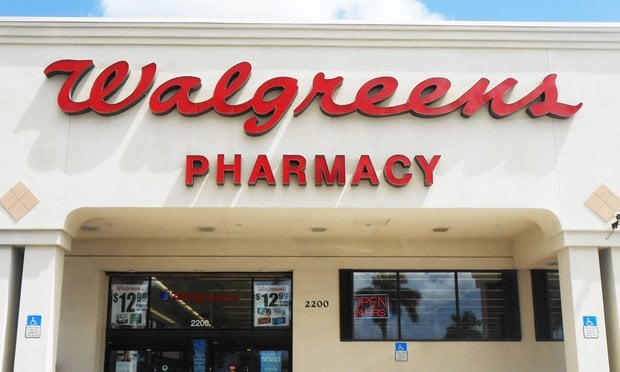A cancer diagnosis is enough bad news for most people.
But for many with cancer, more bad news follows when an expectedly high bill arrives for the specialty drugs prescribed to treat the disease.
In a study released by the American Cancer Society, the bad news is exactly that: Cancer patients couldn’t figure out, or didn’t even check, ahead of time to see whether and how much of the cost of specialty cancer drugs was covered by their health plan.
Read: Exchanges moving more drugs to speciality tier
And all too often, their out-of-pocket requirements were well beyond what they had planned for.
The real shocker: Cancer drugs that had been considered more of a garden variety and thus less expensive in the past fell into high-cost “tiers” established by some plans.
ACS studied plans in six states to get a handle on what folks might be paying out-of-pocket for these medications.
Just about every one of the 22 drugs included in the study fell into these tiers, including Gleevec (leukemia) and Herceptin (breast cancer), both of which have been available for some time.
Even generics would be included in the high-cost tiers.
“That is new this year. We didn’t see generic drugs placed on the highest tier in 2014,” said Kirsten Sloan, the group’s senior policy director.
ACS said what’s going on is that insurers are requiring patients to pay a percentage of the drugs included in the tiers, as opposed to paying a set, or flat fee, amount when they purchase their drugs.
That’s what driving up the out-of-pocket spending.
The report blasted such insurers for effectively steering patients toward drugs where insurers could reap a windfall instead of helping patients find alternative drugs that, in some cases, have been shown to be more effective than the tiered options.
Predictably, pharmaceutical, and insurance plan advocates attacked the study.
But the ACS stuck to its findings, calling on regulators to rein in such practices and to help consumers make better plan choices by requiring insurers to be more transparent about the true cost of certain treatments and medications.
“Advocacy groups are telling consumers to be vigilant about picking a plan, but consumers then find they don’t have all the tools they need,” Sloan said.
© 2025 ALM Global, LLC, All Rights Reserved. Request academic re-use from www.copyright.com. All other uses, submit a request to [email protected]. For more information visit Asset & Logo Licensing.








